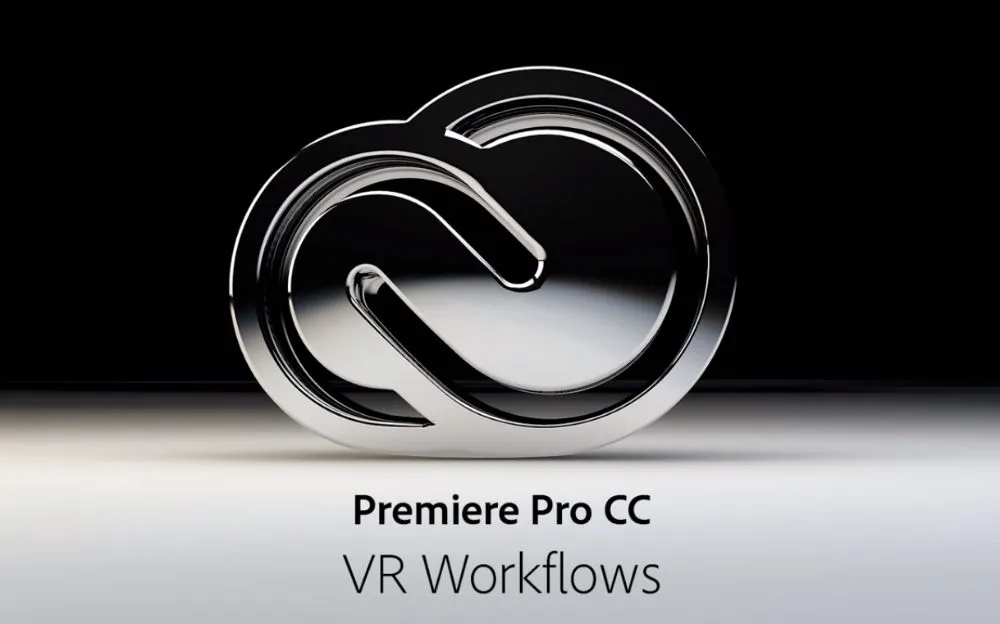One of the oldest and most successful software companies in the world is embracing VR.
Adobe turned “Photoshop” into image editing software so well known it is used as a verb. Adobe is also responsible for Flash, the software that helped deliver the Web’s earliest videos but was essentially killed when app-powered phones wouldn’t support the battery-hogging software. Over the least few years the company started offering its software on a subscription basis. The aim is to reach millions of customers by making it easier for more people to try the software and get access to the latest features.
Some of those new features coming in a spring update to Adobe Premiere Pro will allow creators to edit 360-degree stitched videos within the software, as well as a VR mode that allows creators to easily preview the footage in a traditional monitor.
In its most recent earnings report, Adobe noted “Over 175 films debuting at the 2016 Sundance Film Festival used Adobe Premiere Pro CC and other Creative Cloud tools. ‘Deadpool’ is the latest blockbuster film to be edited exclusively with Adobe Premiere Pro.” The new features for the editing app will make it possible for more people to try making a panoramic video. Stitching together footage from multiple cameras and editing is still a major challenge for filmmakers, but every improvement to the entire production workflow means creators can focus more on making good use of the new medium.
VR had a major presence at Sundance earlier this year and the technology is receiving enormous interest from some of Hollywood’s biggest names, including Steven Spielberg, Kevin Spacey and Jon Favreau. With the addition of these VR-related features for filmmakers, it’s clear Adobe executives see a trend.
Is Adobe working on anything more ambitious?
Google’s Tilt Brush and Facebook’s Oculus Medium look like they could win over artists with simple, but entirely intuitive, in-VR creation and editing tools. Meanwhile, Unity and Epic Games are building in-VR tools as the game engines turn into VR creation toolsets.
Many different kinds of software for working and creating in VR are needed, but it’s still unclear where Adobe — one of personal computing’s oldest and most successful creative software companies — fits into this new world.






























